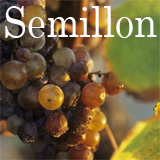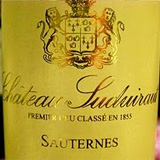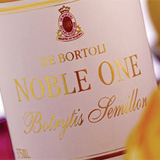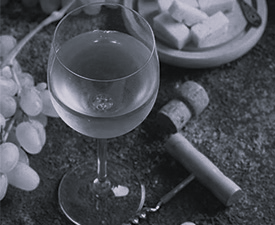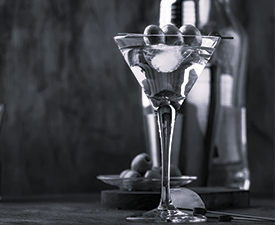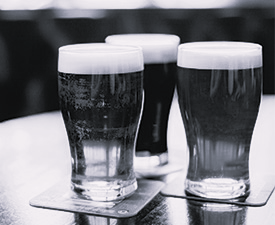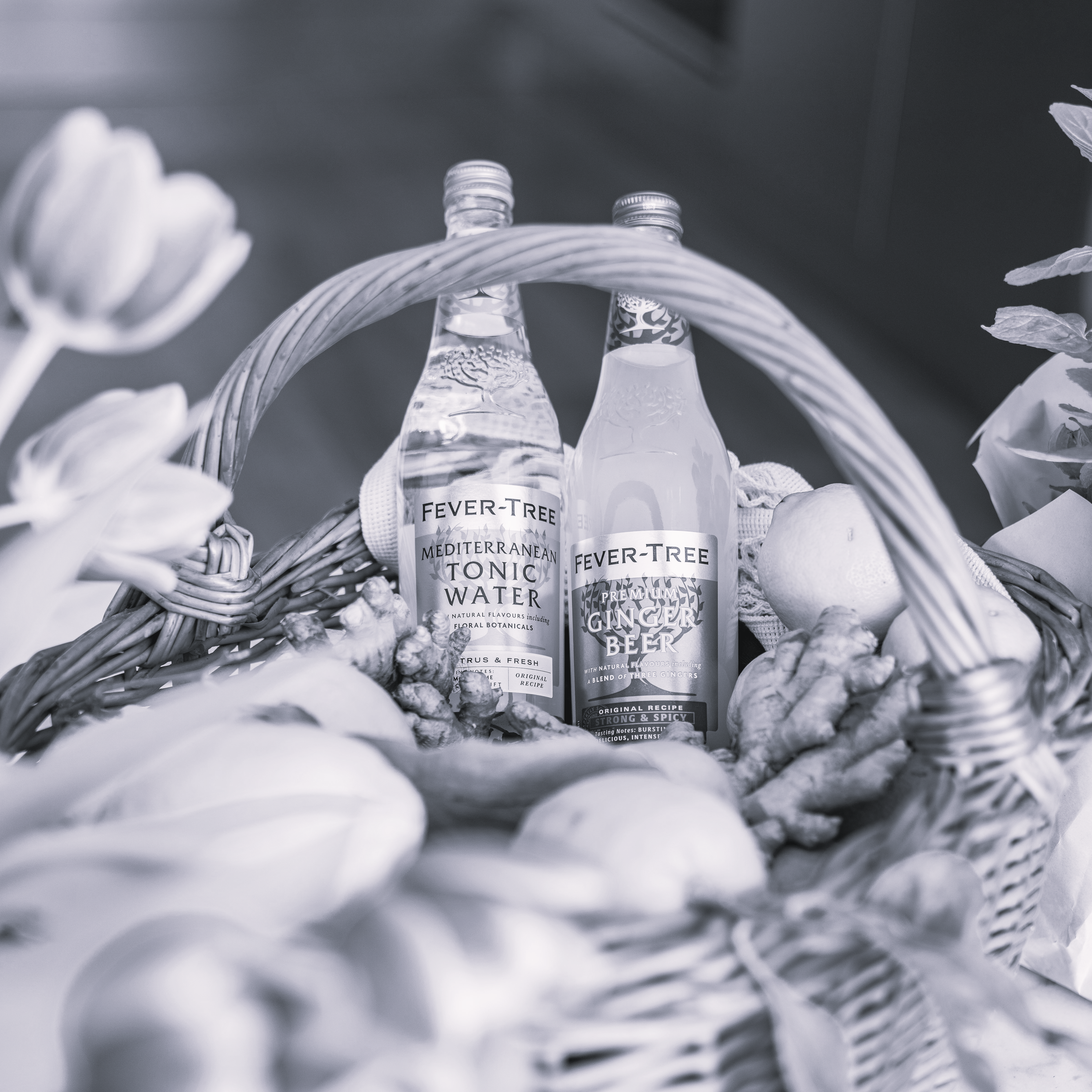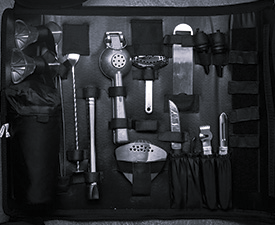Semillon is a golden-skinned grape used to make dry and sweet white wines, most notably in France and Australia. The origin of the Semillon grape is hard to determine. It was once considered to be the most planted grape in the world, although this is no longer the case.
Semillon, which is relatively easy to cultivate, and is a vigorous producer of grapes. It is fairly resistant to disease, though extremely susceptible to Botrytis. The grape ripens early, when, in warmer climates, it acquires a pinkish hue. Since the grape has a thin skin, there is also a risk of sunburn in hotter climates; it is best suited to areas with sunny days and cool nights.
The Semillon grape is rather heavy, with low acidity and an almost oily texture and wines based on it can age a long time. Along with Sauvignon Blanc and Muscadelle, Semillon is one of only three approved white wine varieties in the Bordeaux region. When dry, it is referred to as Bordeaux Blanc and is permitted to be made in the AOC of Pessac-Leognan, Graves, Entre-deux-mers and other regions. However, when used to make the sweet white wines of Bordeaux (i.e. Sauternes and Barsac) it is often the dominant variety, and this is where Semillon's strengths come to the fore.
Due to the declining popularity of the variety, fewer clones are cultivated - causing producers to project a future shortage of quality wine. In 2008 - 17 Bordeaux wine producers, including Chateau d'Yquem, Ch. Olivier, Ch. Suduiraut and Ch. La Tour Blanche, formed an association to grow their own clones.
Semillon's home is in the South West of France, particularly Bordeaux, where it is the most widely planted white grape. Outside France, the Hunter Valley of Australia is Semillon's adopted home, and here it makes possibly Australia's most interesting white wines. The best examples can carry on evolving for decades. Semillon / Sauvignon blends are common in Western Australia, where the two grapes synergize to make some stunning wines. Plus don't forget - De Bortoli's 'Noble One'.
